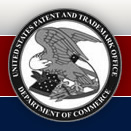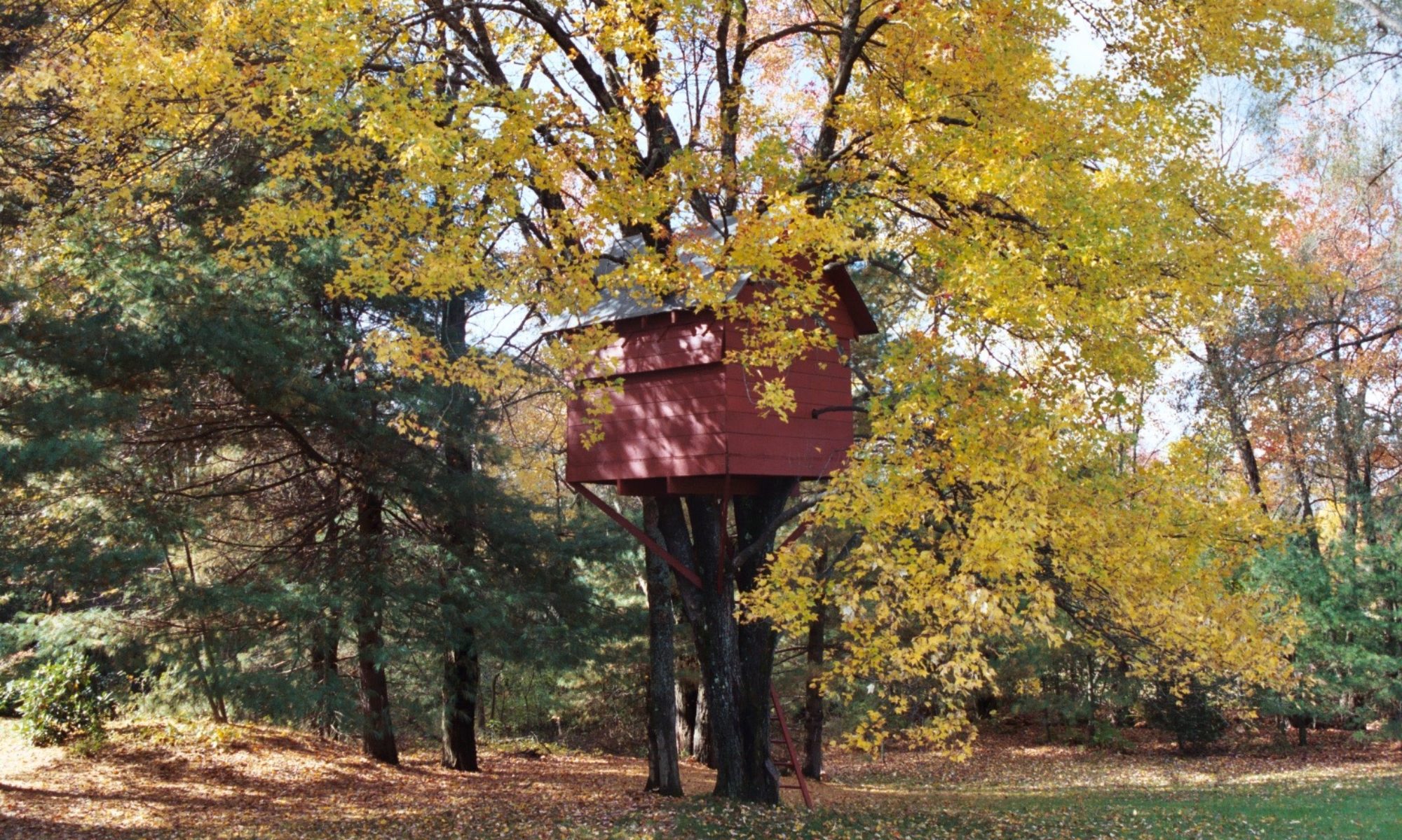Static URLs? We don’t need no stinkin’ static URLs!

The United States Patent and Trademark Office (USPTO) handles both patents and trademarks, but the patent side of the house lags behind the trademark side of the house in implementing user-friendly technology. Over the weekend, the USPTO updated the URL format that it uses for it’s public PAIR system <http://portal.uspto.gov/external/portal/pair> (PAIR stands for Patent Application Information Retrieval).
PAIR is used by patent applicants, patent practitioners, and the public at large to check the status of pending and issued patent applications. The public PAIR portion is for applications that have been published or issued, the private PAIR system is for the rest (and requires a special encryption key to access, which is available to patent practitioners).
My patent and trademark law firm, Clock Tower Law Group <http://www.clocktowerlaw.com/>, routinely sends static URLs to clients so that they can monitor the progress of their own applications. We also monitor all of these URLs. One of the reasons that we proactively monitor URLs for our clients is because we believe that it is better to prevent problems before they get out of hand. For example, one of our client’s trademarks was accidentally assigned to Viacom due to a USPTO error. If we had not been monitoring our client’s trademarks, then this problem may not have been discovered.
Trademark URLs have a very simple format (based on the trademark application number).
For example, here is the URL for one of our client’s trademarks (the KAYAK.COM trademark):
<http://tarr.uspto.gov/servlet/tarr?regser=serial&entry=78640286>
And here is the URL for one of our own trademarks (the CLOCK TOWER LAW GROUP logo trademark):
<http://tarr.uspto.gov/servlet/tarr?regser=serial&entry=78614746>
The Trademark Office’s TARR URLS (TARR stands for Trademark Application and Registration Retrieval – the USPTO loves its acronyms) are very helpful. They include the current owner, current attorney, current status, and a brief prosecution history. Perfect, really. And they are constantly updated.
The Patent Office’s PAIR URLs, on the other hand, are ugly, long, and difficult to parse. But up until today, they were at least functional. Here is the URL for one of the patents we prosecuted (for Inceptor, now owned by Idearc):
Hint: the above URL does not work.
Note the “09456777” in that URL, which is the patent application number for this application, which issued as United States Patent 7062707 <https://www.giantpeople.com/648.html>.
The irony is that if you search for the application and bookmark one of its URLs (such as the file history tab), then you will get a URL of the above format. You can bookmark the URL for that tab, and another tab, and both will work, but only for the duration of your browser session. If you quit your browser and restart, then those URLs will not work. Until today, it did not work like this.
It gets worse. The PAIR system is setting a cookie on your system, which includes session data. The cookie expires at the end of the session, but the URL appears to depend on the session data in the cookie. I would argue that there is no reason to set the cookie in the first place. There is certainly no reason to have the a static URL depend upon it, and to have the URL expire at the end of your browser session, but that’s how it now works. This also appears to be contrary to the USPTO’s own privacy policy <http://www.uspto.gov/web/doc/privact.htm>, which discloses the use of cookies for other USPTO systems, but not for public PAIR.
Despite the general ugliness of the PAIR URLs, they used to work just fine. You could bookmark them, email them to your clients, or use a URL monitoring service <http://lifehacker.com/software/web-utilities/download-of-the-day-infoic-157706.php> to monitor their status.
It’s bad enough that neither the Patent Office nor the Trademark Office offer ATOM or RSS feeds for trademark status (TARR) and patent status (PAIR), but it’s unforgivable that the Patent Office broke millions of static URLs over the weekend without notice (or apparent reason).
If you are as upset about this as I am, then please send email to the USPTO Electronic Business Center at ebc@uspto.gov and urge them to restore static URLs, to simplify and standardize their formats, and not to change the URLs without adequate public notice and comment.
You could also urge the USPTO to add ATOM or RSS feeds, but one step at a time.
In the spirit of full disclosure, Kayak and Inceptor are/were clients of Clock Tower Law Group and are mentioned in this article.



I usually proof my posts with a text-to-speech program to check for typos. Due to the urgency of this issue, I didn’t do that this time. Thanks all for your help.
Another annoying (and contradictory) issue with the public PAIR site is: the amount of unrelated info present. While on the one hand the PAIR gods may cite resource issues such as disk space, servers, and bandwidth, on the other hand they burden the public PAIR site with a 62-to-1 ratio (approximately) between unrelated/unwanted/un-needed info to what’s really needed by their customers. In other words: why does the USPTO PAIR site force me to download an approximately 62KB web page so I can look at approximately 1KB of bibliographic information? They are the first ones who should conserve resources by designing and implementing a low-overhead info retrieval site!
Their HTML and JavaScript code is a mess. Here’s an example from todays public PAIR–these are the parameters sent “over the wire” to the USPTO so your query can be processed–it’s ridiculous that this many should be required–also note the duplicated “lang=DINO” key/value pair!
loadImages=LoadAllImages
searchType=
isSubmitted=isSubmitted
selectedApplication=undefined
dosnumber=NUMBER
historyNumber=
isHistorySelected=
submitButtonClicked=submitButtonClicked
AppSearchType=appId
AppSearchType=
selecteddosnum=NUMBER
lang=DINO
testHidden=appId
selectedSearchOption=
public_selectedSearchOption=pair_applicationSearchoption
is_pair_new_search=appId
pair_control_no_search=
paramForXmlDownload=
appSelectedType=appId
dosnum=NUMBER
lang=DINO
dosnumsele=++++…+++++
Contrast this with a “Publication Number Search” from http://www.uspto.gov/patft/index.html:
TERM1=20010000044
Sect1=PTO1
Sect2=HITOFF
d=PG01
p=1
u=/netahtml/PTO/srchnum.html
r=0
f=S
l=50
Typo:
“Here is an the URL for one of the patents we prosecuted” — get rid of “an”
While you’re at it, here’s another typo:
“For example, here is the URL for our of one of our client’s trademarks”
Should be:
“For example, here is the URL for one of our client’s trademarks”
Greetings JKovacs,
Thanks – fixed.
Regards,
Erik
You said, “The public PAIR portion is for applications that have bee unpublished or issued …”
I think you mean, “The public PAIR portion is for applications that have been published or issued …”
Greetings Anon,
Thanks – I just fixed it.
Regards,
Erik
See also:
http://techdirt.com/articles/20070328/132314.shtml
See also:
http://inventblog.com/2007/03/create-static-urls-of-patenttrademark-pages-for-clientsthey-are-probably-broken-now.html
http://www.patentlyo.com/patent/2007/03/uspto_public_pa.html
http://www.rethinkip.com/archives/urls_gone_bad.html
http://lawreview.justia.com/2007/03/us_patent_office_removes_abili.html